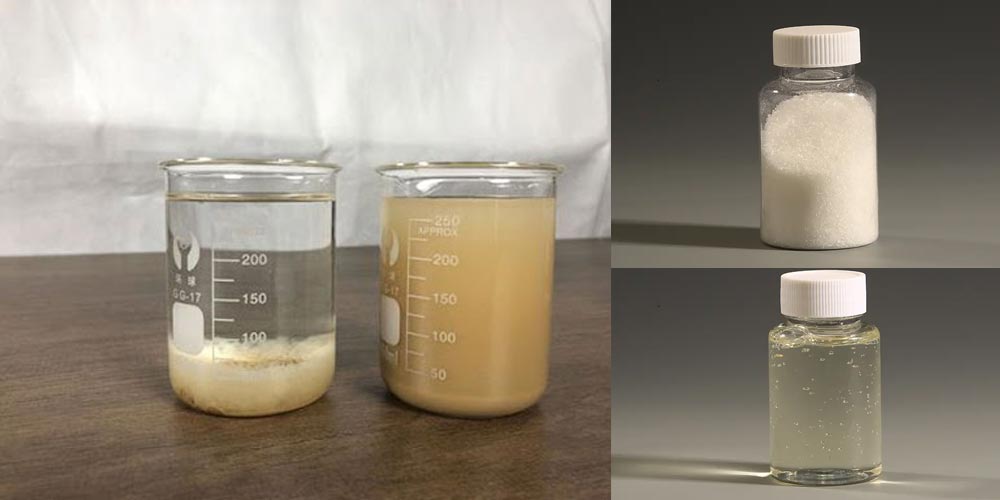Water treatment is a critical component of environmental management, ensuring that water is safe for consumption and industrial use. One of the key elements in this process is the use of flocculants—chemicals that promote the aggregation of suspended particles into larger clusters, or flocs, which can then be more easily removed from the water. Among the various types of flocculants, cationic flocculants are particularly effective due to their positive charge, which interacts strongly with the negatively charged particles commonly found in wastewater. This article explores the most common cationic flocculants used in water treatment and their applications.
Cationic Polyacrylamides (CPAM)
Cationic Polyacrylamides, are among the most widely used flocculants in the water treatment industry. For many users, CPAM is their better choice. These polymers consist of acrylamide subunits, which can be tailored to include cationic functional groups. The versatility of Cationic polyacrylamides lies in their adjustable molecular weight and charge density, allowing them to be customized for specific applications. C-PAMs are particularly effective in treating industrial wastewater and sludge dewatering due to their high flocculation efficiency and relatively low dosage requirements.
Poly(diallyldimethylammonium chloride) (PolyDADMAC)
PolyDADMAC is a widely used cationic flocculant known for its high charge density and efficiency in water treatment processes. This polymer is particularly effective in coagulation and flocculation processes, making it a popular choice for treating drinking water, wastewater, and industrial effluents. PolyDADMAC works well in conjunction with other flocculants and coagulants, enhancing the overall treatment process by providing a robust mechanism for particle aggregation and removal.
Polyamines (PA)
Polyamines are another category of cationic flocculants commonly used in water treatment. These compounds, which include poly(dimethylamine-co-epichlorohydrin) and similar structures, exhibit strong cationic charge density, making them highly effective at neutralizing negatively charged particles. Polyamines are particularly useful in the clarification of raw water, removal of organic matter, and treatment of various industrial effluents. Their ability to form dense flocs results in faster settling times and improved clarity of treated water.
Applications and Advantages
Cationic flocculants play a crucial role in a wide range of water treatment applications, from municipal wastewater and drinking water purification to industrial effluent management. Their primary advantage lies in their ability to effectively neutralize negatively charged particles, leading to rapid and efficient floc formation. This results in improved clarity, reduced turbidity, and enhanced overall water quality. Additionally, cationic flocculants are often used in combination with other treatment chemicals, such as coagulants, to optimize the treatment process and achieve desired water quality standards.
The use of cationic flocculants is integral to modern water treatment processes, offering efficient and reliable solutions for particle aggregation and removal. Polyacrylamides, polyamines, PolyDADMAC represent some of the most common and effective cationic flocculants available today. Their versatility, efficiency, and adaptability make them indispensable tools in ensuring the availability of clean and safe water for various uses.
Of course, the choice of flocculant also depends on the user’s usage habits, material composition, environment, etc. The product usage guide should be followed.
Post time: Jun-05-2024

